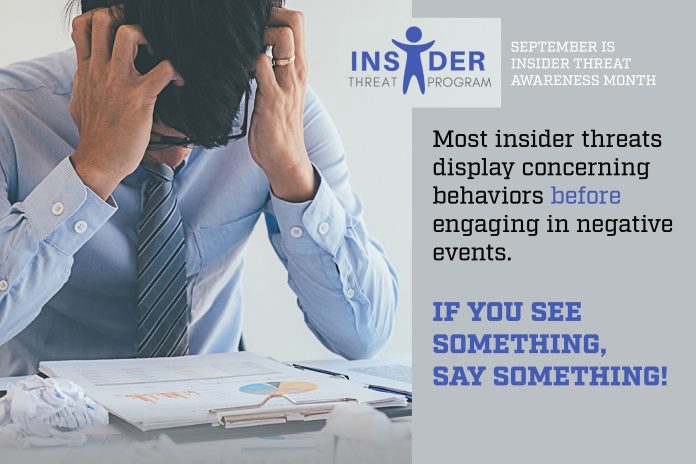
Black holes have captivated the minds of scientists and dreamers alike, representing the mysteries and limitless possibilities of the universe. In a previous article, we delved into the enigma of black holes, exploring what lies within these cosmic beasts. Today, we will take a closer look at the closest black hole to Earth and examine whether its proximity poses any threat to our existence.
The nearest black hole to Earth, known as Gaia BH1, was discovered in 2022 using the European Space Agency’s Gaia space telescope and ground-based telescopes from the Gemini Observatory. Located approximately 1560 light-years away from us, Gaia BH1 is part of a binary system in the constellation Ophiuchus. Its companion star is a yellow dwarf with a mass almost equal to that of our Sun. The black hole itself has an estimated mass of nearly ten times that of our Sun. Interestingly, scientists believe that Gaia BH1 formed from a star that was at least 20 times more massive than the Sun and several million years old.
To comprehend the vast distance of 1560 light-years, let’s consider how long it would take for a spacecraft to reach this closest black hole. Currently, the fastest man-made spacecraft is NASA’s Parker Solar Probe, which was launched in 2018 to study our Sun. It has achieved record-breaking speeds of 430,000 miles per hour or 120 miles per second. However, on the scale of the universe, this speed is comparable to that of a snail.
A light year is the distance light travels in one Earth year, approximately 5.9 trillion miles. Assuming the Parker Solar Probe maintains its top speed throughout, it could theoretically travel about 3.77 billion miles in one Earth year. Thus, it would take around 1565 Earth years to cover a distance of one light year. Consequently, reaching the nearest black hole would take a staggering 2.44 million years. Unless we develop technology that allows us to make hyperjumps in space and time, like in science fiction, it is highly unlikely that humanity will have the opportunity to explore this dark abyss before our species goes extinct.
But does Gaia BH1 pose a threat to Earth? While black holes can wander within their galaxies and even leave them, the distance between us and Gaia BH1 is too vast to consider any potential danger. Furthermore, the real danger posed by black holes lies within their event horizons, the radius of which is relatively small for stellar black holes. Gaia BH1, with a mass of 10 solar masses, has an event horizon radius of around 30 km, which is 212 times smaller than the Earth’s radius. As it moves away from the event horizon, the black hole behaves like any other celestial body, exerting gravitational effects according to Newtonian mechanics. Therefore, we can confidently say that Gaia BH1 does not pose a threat to Earth.
Supermassive black holes, on the other hand, have masses several billion times greater than that of the Sun and event horizon radii large enough to engulf the Earth. However, the closest supermassive black hole, Sagittarius A*, resides at the center of our Milky Way galaxy, approximately 26,000 light-years away from us. Consequently, it poses no danger to our planet.
Even if scientists were to discover a new black hole on the edge of our solar system, its gravitational pull would not cause significant changes in planetary and asteroid trajectories to harm us. Our real concern lies in the evolution of our Sun, which will eventually die, subjecting us to its intense radiation. But that is a topic for another article.
Now, let us explore what would happen if the Earth were to be pulled into a black hole. The consequences would be catastrophic and absolute. The phenomenon known as spaghettification would occur, where the Earth’s sphere would be stretched into a long and thin shape due to the immense gravitational forces of the black hole. This would result in devastating earthquakes, tsunamis, volcanic eruptions, and the disruption of the Earth’s magnetic field caused by the tidal forces of the event horizon. Eventually, the Earth would be completely absorbed, disappearing beyond the event horizon.
However, there is a glimmer of hope offered by the Fuzzballs hypothesis proposed by physicist Samir Mathur. According to this hypothesis, black holes do not have an event horizon but consist of quantum strings and other quantum objects distributed throughout their volume. This suggests that information falling into a black hole is not destroyed but encoded in these quantum structures. The Fuzzballs theory aims to resolve the black hole information paradox, which arises from the conflict between the general theory of relativity and quantum mechanics. While unproven, it offers a ray of hope that encountering a black hole may not lead to eternal darkness and oblivion.
As of 2024, Gaia BH1 remains the closest black hole to Earth at a distance of 1560 light-years. However, astronomers recently discovered another nearby black hole named Gaia BH3, located 1,926 light-years away in the constellation Aquila. With a mass of 32.7 solar masses, it is the heaviest known stellar black hole in our galaxy and the second closest to Earth. In third place is Gaia BH2, discovered in 2023 and located 3800 light-years away in the constellation Centaurus.
As our understanding of the universe improves and telescopes continue to advance, we eagerly await further discoveries on the cosmic frontiers. Perhaps, amidst these findings, astronomers will stumble upon a harmless fuzzball instead of a voracious dark abyss.



